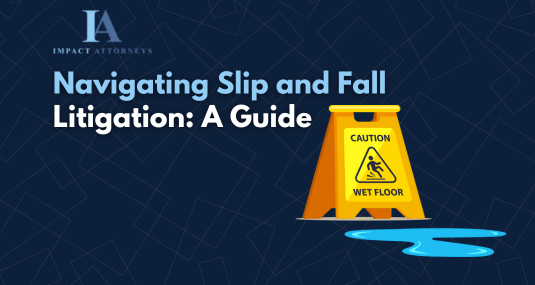Why Filing an SR-1 Form After a Car Accident in California Is Crucial
What is the SR-1 Form?
The SR 1 Form California, officially called the “Report of Traffic Accident Occurring in California,” is required by the California Department of Motor Vehicles (DMV).[1] This form is used to report accidents where:
Something often overlooked by drivers and attorneys is California’s requirement to report car accidents to the DMV within 10-days of the accident by filing a Report of Traffic Accident (SR-1) form. Filing an SR-1 form with the DMV is almost always required after an auto accident. Whether you’re dealing with a fender bender or a more severe collision, knowing when and why to file this form can save you from costly penalties and ensure your rights are protected. Here’s what you need to know about filing an SR-1 form and why it’s so important for your legal and financial protection.
- Injuries or fatalities occurred, regardless of severity; or
- Property damage exceeds $1,000, which includes damages to both public and private property.
This form must be submitted to the DMV, even if a police report or insurance claim has already been filed. It’s important to note that the responsibility of filing the SR-1 generally falls on the driver involved in the accident.
When Should You File an SR-1 Form?
According to California law, you must file an SR-1 form within 10 days of the accident. Failing to do so can lead to serious consequences such as:
- Suspension of your driver’s license until the form is submitted.
- Potential issues when filing a claim with your insurance provider or the other party’s insurance, particularly if the other driver is uninsured.
Why is Filing the SR-1 Important?
- Legal Compliance: Filing an SR-1 form is required by California law. Even if you’re not at fault, failure to file could result in legal penalties, including the suspension of your driving privileges.
- Preserving Your Rights: Filing an SR-1 ensures you can pursue legal claims or compensation if necessary, especially in cases involving uninsured motorists. Without the SR-1, you may face hurdles when making an uninsured motorist claim using the SR-1 form.
- Clarity for Insurance Claims: Insurance companies will likely require the SR-1 for processing claims. Filing ensures that your claim is properly handled and that you are not left vulnerable in the event of a dispute.
What to Do If You Forget to File the SR-1
If you’ve missed the 10-day window to file the SR-1, it’s important not to panic. We recommend that you do the following:
- File the SR-1 as soon as possible. The DMV may send you notice that an SR-1 has not been filed and threaten to suspend your license. File one as soon as you receive the notice and contact the DMV to let them know you submitted it.
- Contact an attorney if you’re unsure about the filing process or if you have any question about the forms you should contact an attorney.
How to File the SR-1 Form
Filing the SR-1 is straightforward:
- Download the form from the DMV website or pick it up at any DMV or California Highway Patrol (CHP) office.[2]
- Complete the form with details about the accident, including date, location, and information about the involved parties.
- Submit the form to the DMV within the 10-day window.
While the process is simple, it’s advisable to consult with an attorney if you have any doubts, particularly when serious injuries or significant property damage are involved.
Consequences of Not Filing the SR-1 Form
Neglecting to file the SR-1 form within the 10-day period can lead to severe consequences, such as:
- Driver’s license suspension until the form is submitted.
- Delayed or denied insurance claims, especially if you plan to pursue an uninsured motorist claim.
- Potential legal fines and the inability to recover compensation from the at-fault driver.
Final Thoughts
Filing an SR-1 form is a critical step in ensuring your legal and financial protection following a car accident in California. While it may seem like just another administrative task, it plays a crucial role in maintaining your legal rights and protecting you from potential fines and penalties. To avoid complications, make sure you file the SR-1 promptly and accurately.
Need Help? At Impact Attorneys, we have extensive experience handling all aspects of car accident claims. If you or someone you know has been involved in an auto accident and needs assistance, contact us for expert legal guidance. We can help ensure that all necessary steps are taken to protect your rights and secure the compensation you deserve.
[1] DMV Report of Traffic Accident Occurring in California (SR-1) Form, https://www.dmv.ca.gov/portal/dmv-virtual-office/accident-reporting/
[2] https://www.dmv.ca.gov/portal/dmv-virtual-office/accident-reporting/





